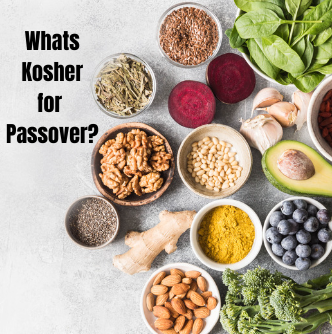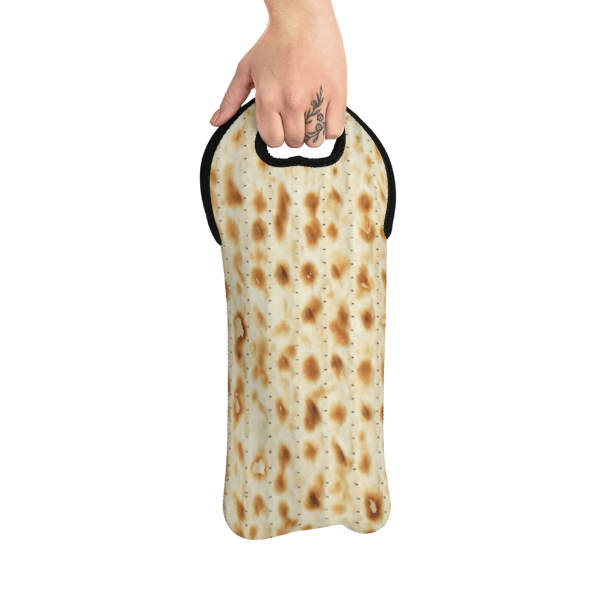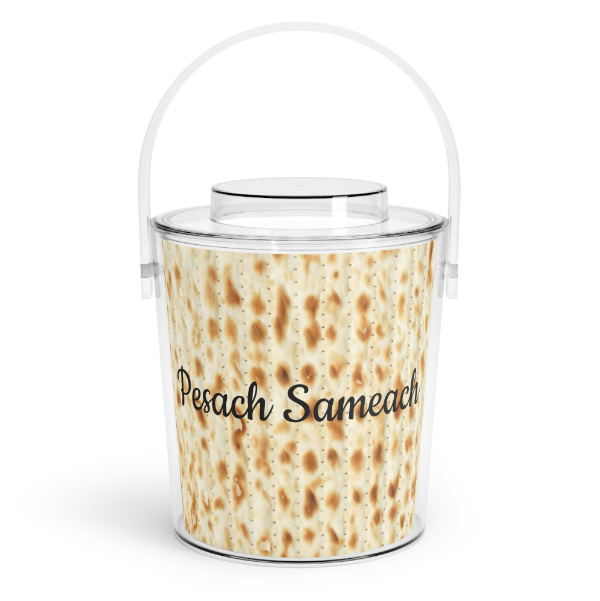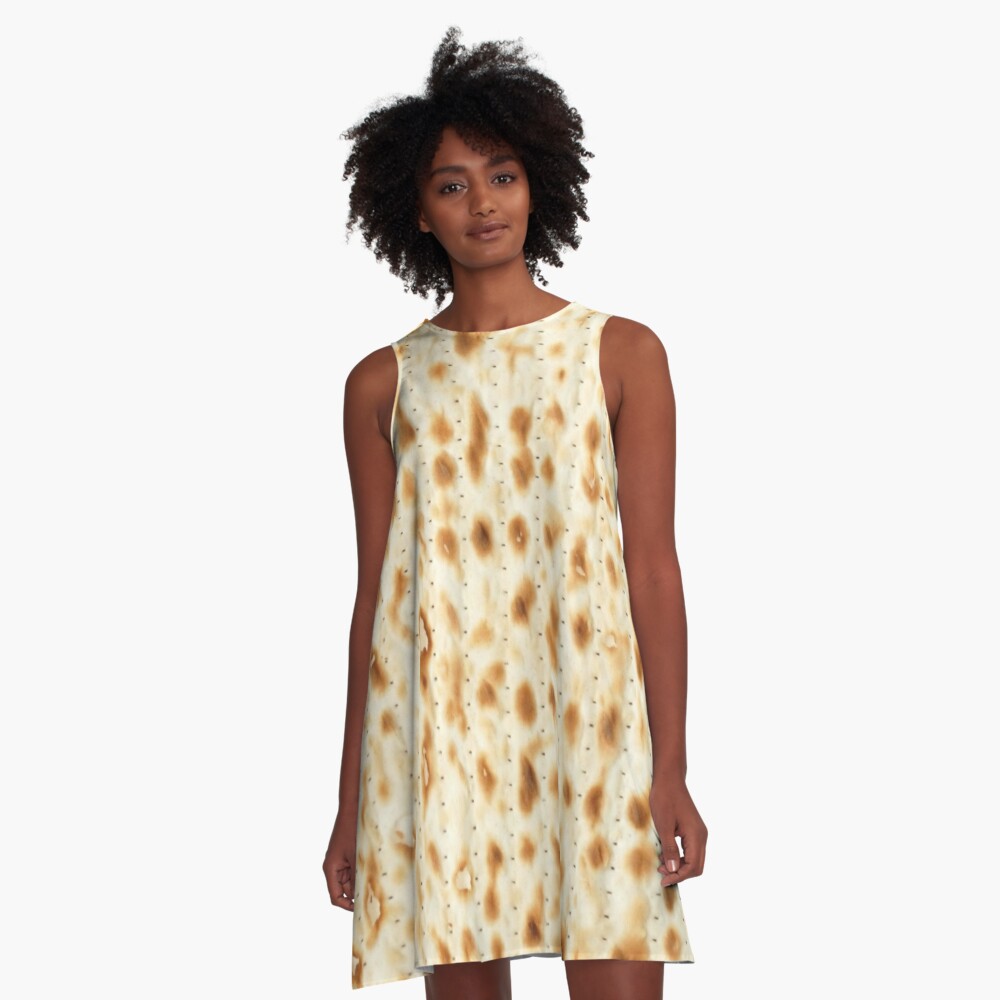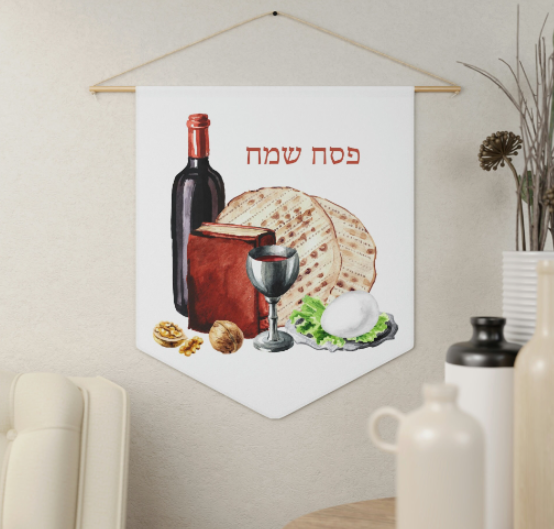What exactly is Kosher for Passover?
Passover is a significant festival in the Jewish calendar that commemorates the liberation of the Jewish people from slavery in ancient Egypt. As part of the observance of Passover, Jews follow a set of dietary rules and restrictions known as Kosher for Passover. In this article, we will explore the rules, differences, and foods associated with Kosher for Passover and examine its importance in Jewish culture.
Rules for Kosher for Passover
During Passover, observant Jews follow a strict set of dietary rules and restrictions to ensure that the food they eat is Kosher for Passover. These rules are designed to ensure that no leavened bread or other forbidden substances are consumed during the holiday. Chametz, which refers to any leavened grain product, is strictly prohibited during Passover. This includes bread, cake, cookies, and other baked goods that are made with wheat, barley, rye, oats, or spelt.

In addition to chametz, observant Jews also avoid kitniyot, which refers to legumes, rice, and certain other grains. The reason for this restriction is a matter of debate among Jewish scholars, but it is generally believed to be an extension of the prohibition on leavened bread.
To ensure that food is Kosher for Passover, it must be certified by a recognized Kosher certification agency and bear the appropriate symbols and labels. The most common symbols for Passover certification are the OU-P, OK-P, and Star-K P symbols, which indicate that the food meets the strict dietary requirements for Passover. The use of these symbols is regulated by Jewish law, and unauthorized use of Kosher certification symbols is prohibited.
Difference between Kosher and Kosher for Passover
While Kosher and Kosher for Passover both refer to dietary restrictions observed by Jews, there are some key differences between the two. Kosher food is food that adheres to Jewish dietary laws throughout the year, whereas Kosher for Passover refers specifically to food that meets the dietary restrictions observed during the Passover holiday.
During Passover, additional restrictions apply to Kosher food. As mentioned earlier, chametz and kitniyot are strictly prohibited, and all foods must be certified as Kosher for Passover by a recognized Kosher certification agency. This means that not all Kosher food is automatically Kosher for Passover, and special attention must be paid to ensure that all foods consumed during Passover meet the specific dietary requirements.
It’s important to note that Kosher certification is not a guarantee of Passover certification. Even if a product is certified as Kosher, it may still contain chametz or kitniyot, making it unsuitable for Passover consumption. Therefore, it’s crucial to look for the appropriate Kosher for Passover symbols and labels when purchasing food during the holiday.
Identifying Kosher for Passover Foods
Identifying Kosher for Passover foods can be a challenge, but there are several symbols and certifications that can help. As mentioned earlier, the most common symbols for Passover certification are the OU-P, OK-P, and Star-K P symbols, which indicate that the food meets the strict dietary requirements for Passover. These symbols can usually be found on the product packaging or label.
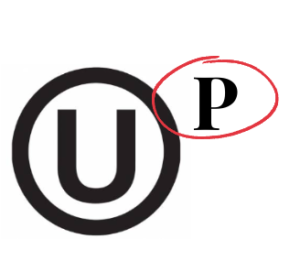
It’s important to note that not all products require certification for Passover. Some fruits, vegetables, and other foods are naturally Kosher for Passover and don’t require certification. However, it’s still important to carefully check these foods for any signs of contamination or non-Kosher ingredients.
Additionally, some manufacturers may produce special Kosher for Passover versions of their products, which will bear a Kosher for Passover certification symbol during the holiday. These products may differ from their regular Kosher counterparts in terms of ingredients and preparation methods.
When in doubt, it’s always best to consult with a qualified Kosher certification agency or rabbi to determine whether a particular food is Kosher for Passover or not.
Foods not allowed during Passover
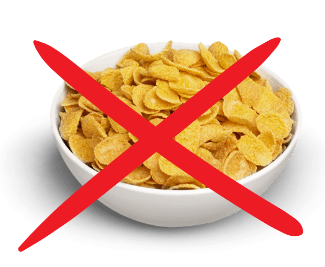
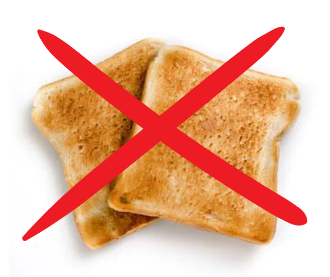
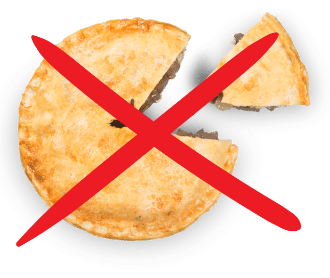
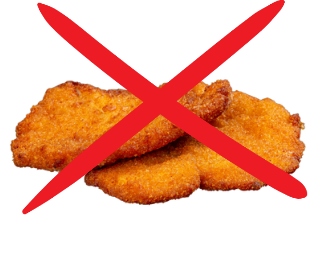
During Passover, there are several foods that are strictly prohibited. The most well-known of these is chametz, or leavened bread, which includes bread, cake, cookies, and other baked goods made with wheat, barley, rye, oats, or spelt. Pasta, couscous, and other grain-based products are also prohibited.
Another group of foods that are not allowed during Passover are kitniyot, which include legumes such as beans, lentils, and peas, as well as rice, corn, and certain other grains. The exact list of prohibited kitniyot varies among different Jewish communities.
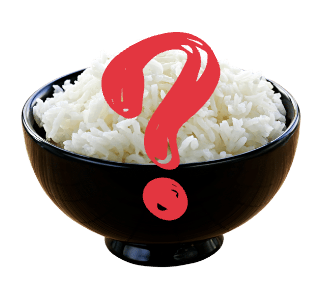
The restrictions on chametz and kitniyot are based on both historical and symbolic reasons. According to Jewish tradition, the Hebrews left Egypt in such a hurry that they did not have time to let their bread rise, and instead baked unleavened bread, or matzah. Eating matzah during Passover is a way of commemorating this event and connecting with the history of the Jewish people.
The prohibition on kitniyot is a more recent development, dating back to the medieval period. Some rabbis believed that kitniyot could easily be confused with chametz, leading to unintentional violations of the dietary laws. Others believed that kitniyot were not sufficiently different from chametz to justify a separate set of restrictions.
Despite these debates, the prohibition on kitniyot has been widely observed by many Jewish communities for centuries.
Overall, the restrictions on chametz and kitniyot during Passover are an important part of Jewish tradition and serve as a reminder of the history and symbolism of the holiday
The Four Rules of Passover
- The FIRST RULE on eating chametz, or leavened bread. This means that during Passover, observant Jews must avoid all foods that contain wheat, barley, rye, oats, or spelt that have been allowed to rise. Instead, they eat matzah, or unleavened bread, which is made from flour and water and symbolizes the haste with which the Hebrews left Egypt.
- 2. The SECOND RULE is the obligation to eat matzah during the Passover seder. This is traditionally done during the first two nights of Passover, and involves a ritual meal that tells the story of the Exodus from Egypt. The matzah is eaten as a reminder of the unleavened bread that the Hebrews ate during their journey out of Egypt.
- 3. The THIRD RULE is the requirement to tell the story of the Exodus during the seder. This is done through a series of rituals and readings, including the retelling of the ten plagues that befell the Egyptians and the recitation of the Haggadah, a book that tells the story of the Exodus.
- 4. The FOURTH AND FINAL RULE is the commandment to drink four cups of wine or grape juice during the seder. Each of the cups represents a different aspect of the Exodus story, including freedom, redemption, and hope.3.
Together, these four rules help to guide Passover observance and provide a framework for understanding the significance of the holiday. By following these rules, Jews around the world are able to connect with their history and traditions and pass them on to future generations.
Kosher for Passover and Coffee, Cheese, Bacon, and Yogurt?
While many foods are not allowed during Passover, some may be permitted if they meet the specific dietary rules and restrictions. Here’s a closer look at four common foods and their status during Passover:
Coffee: In general, coffee is considered Kosher for Passover as long as it doesn’t contain any forbidden additives. However, some people may choose to avoid coffee during Passover because of its association with kitniyot, or legumes.

Coffee Kosher for Passover? Cheese: Cheese is not typically considered Kosher for Passover because it may contain rennet, which is derived from animal sources. However, some Kosher for Passover cheeses are available that use vegetable rennet instead.
Bacon: Bacon is not considered Kosher at all. Not for Passover and not in general because it comes from a non-Kosher animal. In fact, pork and all pork products are strictly forbidden during Passover and at all other times for those who observe Kosher dietary laws.
Yogurt: Whether or not yogurt is Kosher for Passover depends on the specific ingredients and how it is prepared. Yogurt made with Kosher for Passover ingredients and without any forbidden additives or preservatives can be considered Kosher for Passover. However, it’s important to check the Kosher certification on the packaging to be sure.
So what is Kosher for Passover in Summary?
In conclusion, Kosher for Passover is a significant dietary practice in Jewish culture that involves strict rules and restrictions on what can and cannot be eaten during the Passover holiday. Observing these dietary laws is seen as a way to connect with Jewish history, traditions, and values.
For those interested in learning more about Kosher for Passover or Jewish food in general, there are many resources available, including cookbooks, online communities, and Kosher certification organizations like the Orthodox Union (OU), OK Kosher, and Star-K.
- GET YOUR OU PASSOVER GUIDE HERE
- GET YOUR CRC PASSOVER GUIDE HERE
- GET YOUR STAR KOSHER PESACH GUIDE HERE
Overall, Kosher for Passover is a unique and important aspect of Jewish dietary law and observance, and understanding its rules and significance can help deepen our appreciation for Jewish culture and traditions.

